Get to know all the candidate projects for the European Dam Removal Award 2022
ABOUT THE AWARD
Dam Removal Europe presents the annual Dam Removal Award. This is the first of its kind in Europe. We celebrate the most innovative and inspiring barrier removals in European rivers. We want to praise dam removal practitioners, river users, communities, and authorities who put their hearts into these projects and enable them to keep up with the good work to restore free-flowing rivers. The award is hosted by Dam Removal Europe, the World Fish Migration Foundation, the European Investment Bank, The Nature Conservancy and supported by the Dutch Postcode Lottery and Forest Peace Foundation. The most inspiring project will be awarded 10,000 euro towards the team’s next removal project and handed out the Happy Fish Statue for a year!
This year’s award is an occasion to mark the best dam removal project from 2022 in Europe. Its purpose is to give the civil society coalitions who complete successful removals recognition for what they have achieved and encourage them to continue working in this field in the future. So, if you and your partners are proud, let that inspire more people to follow in your footsteps!
Removal of the Molino Bajo and Molino del Cabrillas weirs on the River Cabrillas, Spain
The Cabrillas River is one of the main tributaries of the Alto Tajo, with rich fauna and flora and crystalline waters that are home to the native brown trout. With the removal of the Molino Bajo and Molino del Cabrillas weirs, on the Cabrillas River, Spain took the prize home as the winner of the DRE Award 2022.
Before the implementation of the project, the Cabrillas River had three known barriers, two of them being disused weirs, about 3 m high. These barriers created reservoirs filled with retained gravel, completely impassable for fish. Funded by the first call for aid from the Open Rivers Program, this project restored connectivity in about 25 km of the river and 50 km within the fluvial basin.


Restoration of the Salantas River continuity, Lithuania
Administration of Zemaitija protected areas presents the removal of the Salantai Dam, and river restoration project in Lithuania. The removal of this a 94 m wide and 4 m high dam connected 67 km of the Salantas River. The project aimed to restore fish migration in the upper Salantas River basin. The Salantas River is a Natura 2000 site and nature reserve designated for lampreys, sea trout, and other species.


Removal of the Ackers Weir, on the River Cole, UK
Sanctus Ltd. presents the removal of the Ackers Weir, on the Cole River, a legacy structure of about 2.4+ m of height, impounding 500 m3 of silts contaminated with heavy metals, petroleum and poly aromatic hydrocarbons. The removal allowed fish migration and sediment conductivity, whilst improving water quality and enhancing natural processes.

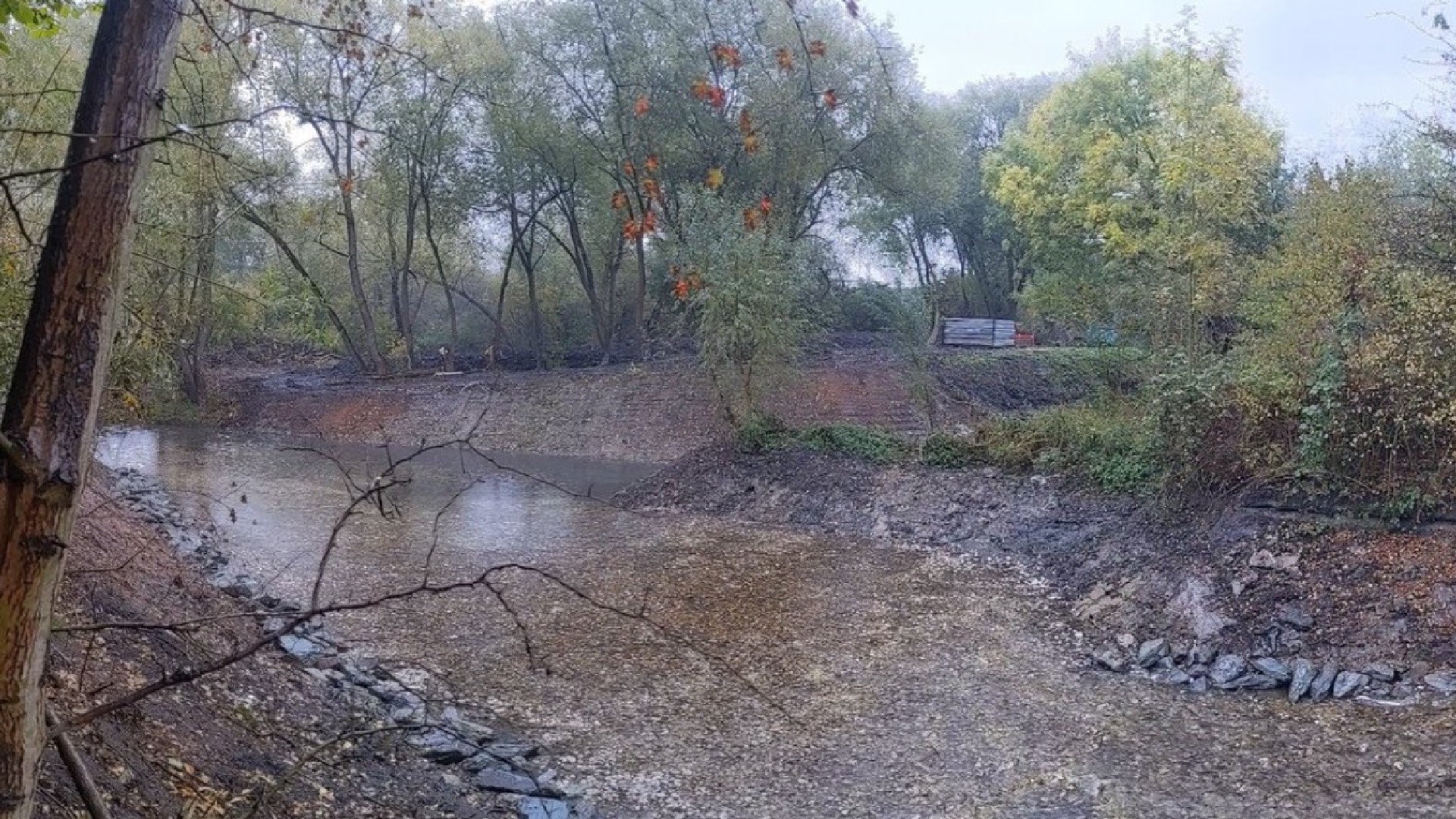
Removal of the Snake Lane Weir, on the River Ecclesbourne, UK


Removal of the Bowston Weir, on the River Kent, UK
South Cumbria Rivers Trust presents Bowston Weir removal on the River Kent, Cumbria, England. The barrier was built in 1874 as part of the local paper-making industry. Bowston Weir was removed during the summer of 2022 and represented the first major weir removal on this highly designated river.


Removal of the Matxategi Dam, Spain
The Gipuzkoa Provincial Council conducted the Matxategi Dam removal with the aim of removing a 3 m wide and 1 m high dam located in the town of Bergara, Spain. Originally, the dam was 4 m high, but in 1985, 3 m were demolished with no river restoration criteria. Thanks to this project, it was possible to fully recover the river connectivity.

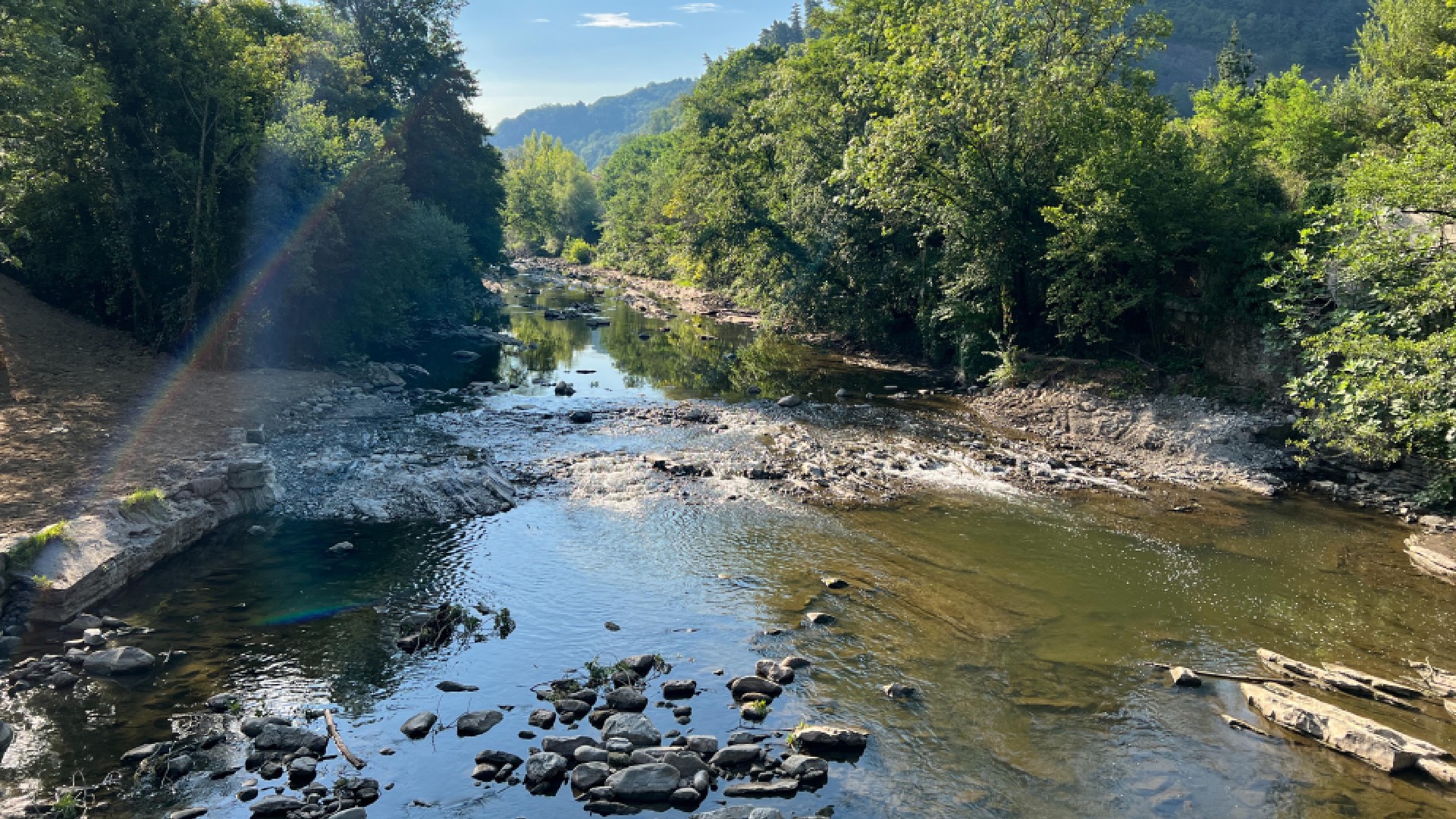
Credits: The Gipuzkoa Provincial Council
Removal of the Seafield Weir, on the River Almond, UK
Seafield Weir removal occurred in March 2022 and was the uppermost weir on the River Almond in West Lothian, Scotland. The barrier was roughly 1.5 m high and had an apron, making it impassable for fish passage. This project improved habitat at the weir and allowed access to 15 km of habitat upstream.
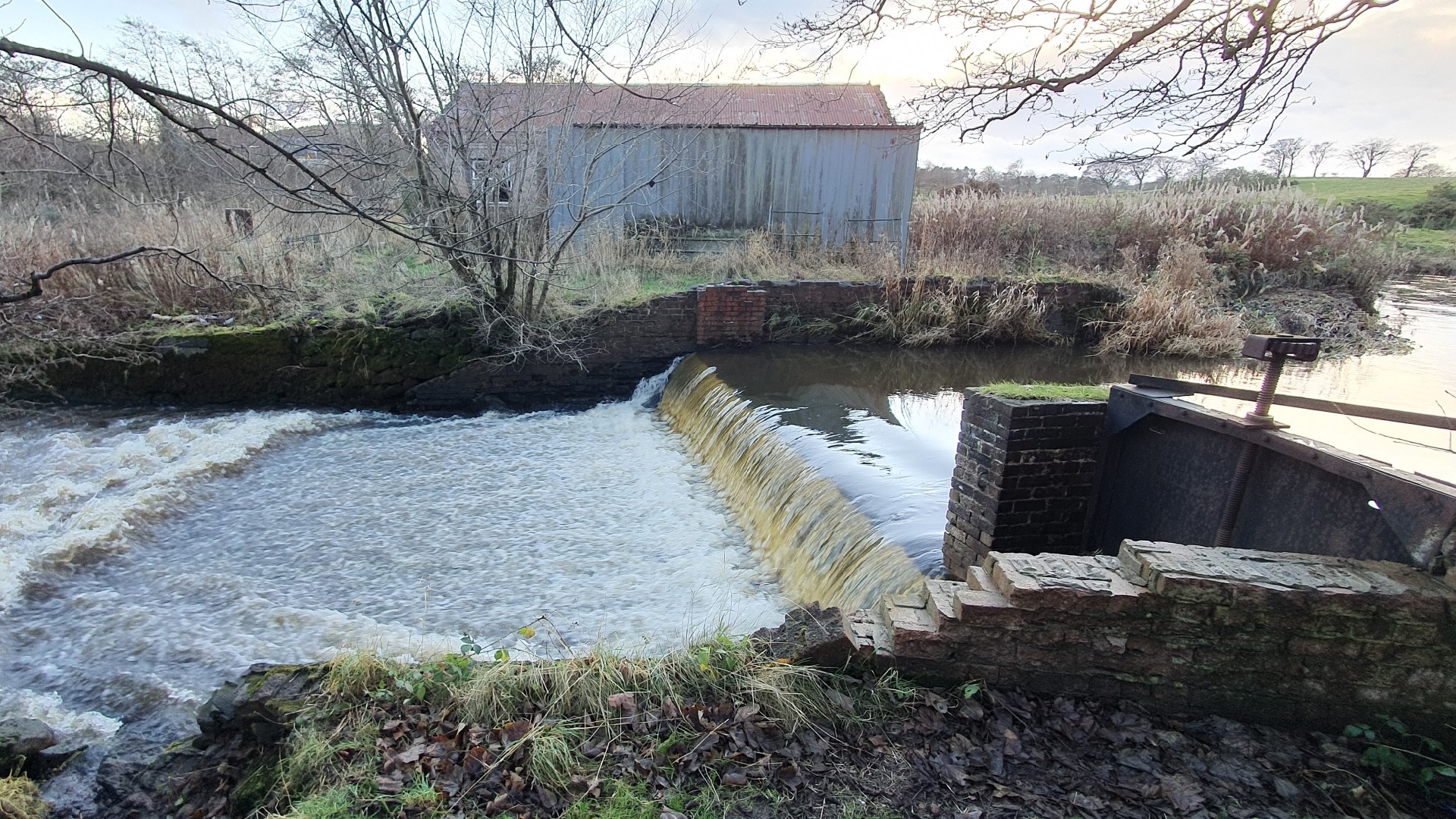

Credits: Forth Rivers Trust
Removal of the Tilly-Capelle Dam, on the River Ternoise, France
This project was carried out by the Symcéa, and it concerns the removal of a dam created in 1851, on the Ternoise River. After the Tilly-Capelle Dam removal, regular checks and monitoring took place. In this regard, a metering system implemented on the Ternoise River made it possible to account for the average return of 400 migratory fish annually.


Removal of the Westfield Weir, on the River Logie Water, UK
Forth Rivers Consulting advised the housing development client to proceed with the full removal of the Westfield Weir, on the Logie Water River, to increase the ecological benefits. The removal was undertaken using low-cost, common-sense natural solutions. This project provided an example that simple dam removal is possible in a peri-urban location, in the highly populated central belt of Scotland.


Removal of the Pailhès Barrier, on the River Lèze, France
The Pailhès barrier,on the Lèze River, was built in the early 1980s to organize local angling contests. However, siltation quickly degraded the site since cleaning out was constrained in 2006. Thanks to this project, a 1.5-meter-high barrier was removed on the Lèze River. Local administrations, associations, and scientists were involved to minimize costs.
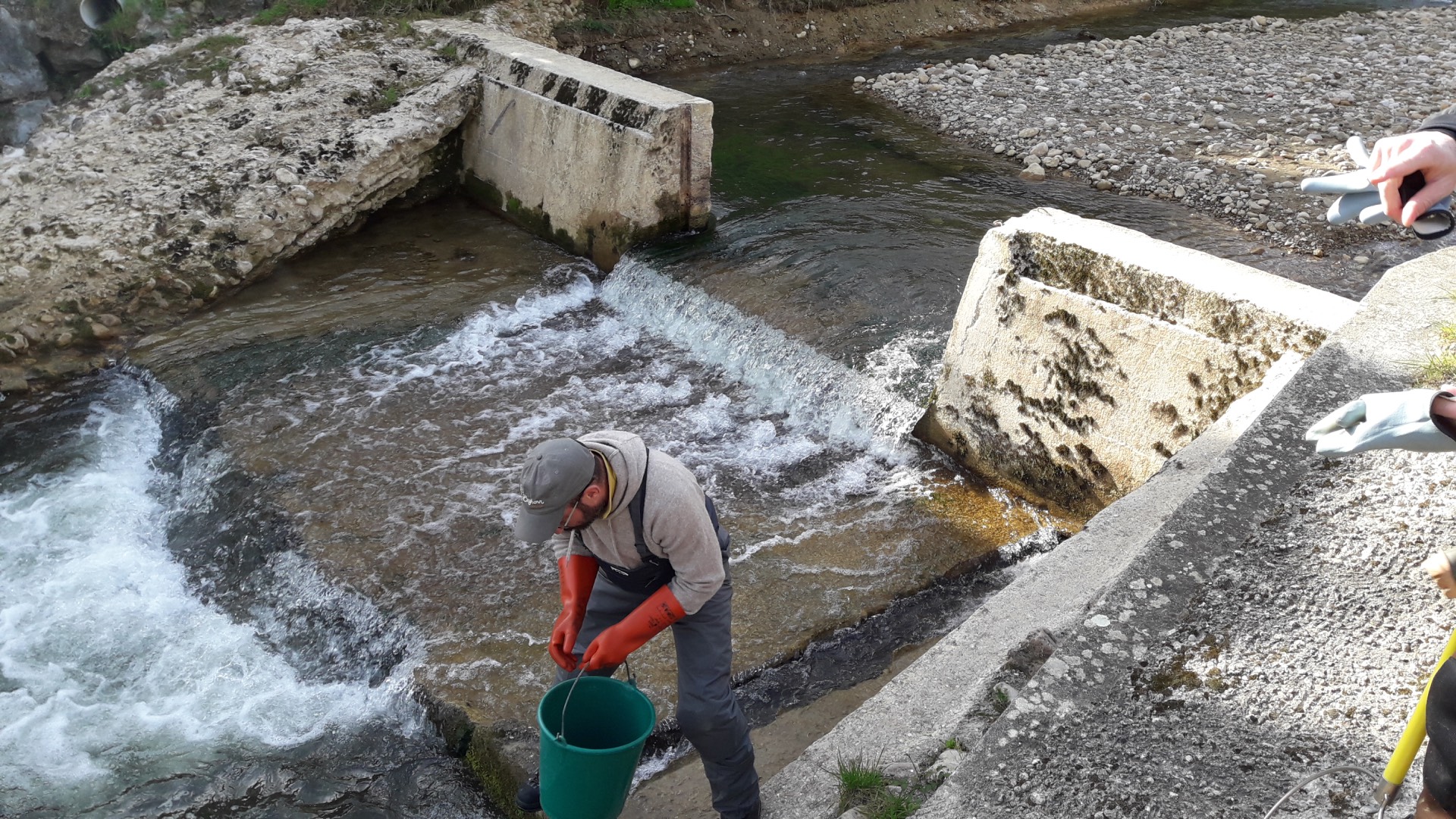
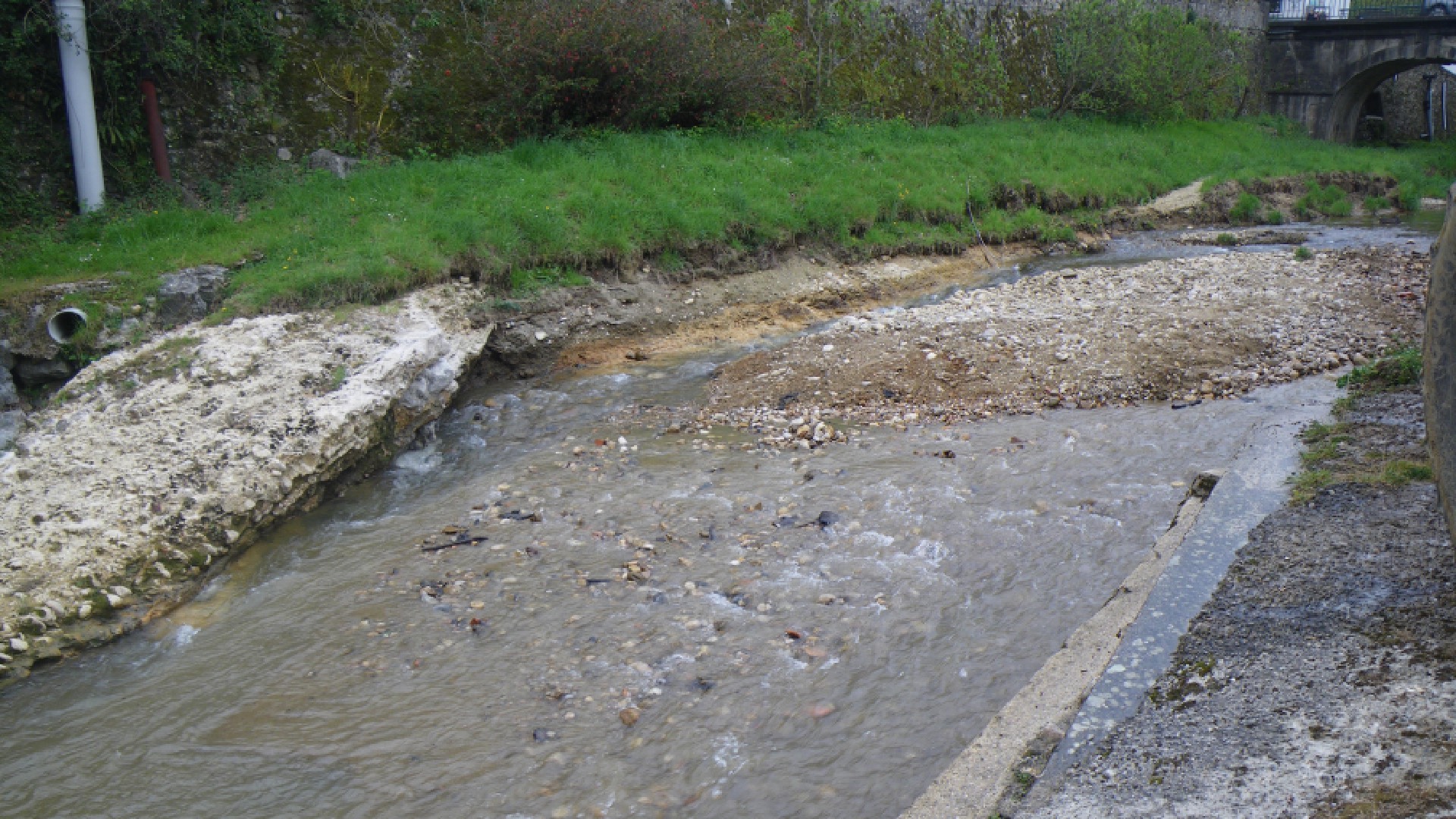
Weir removal on the River Tardoire, France
The weir was located on the course of the Tardoire River, and it was designed for supplying water to the former Forge de la Rivière, a factory that is now closed. Its removal allowed species, such as trout and eels, to recolonise the upstream part of the river, freeing up nearly 10 km of the river.

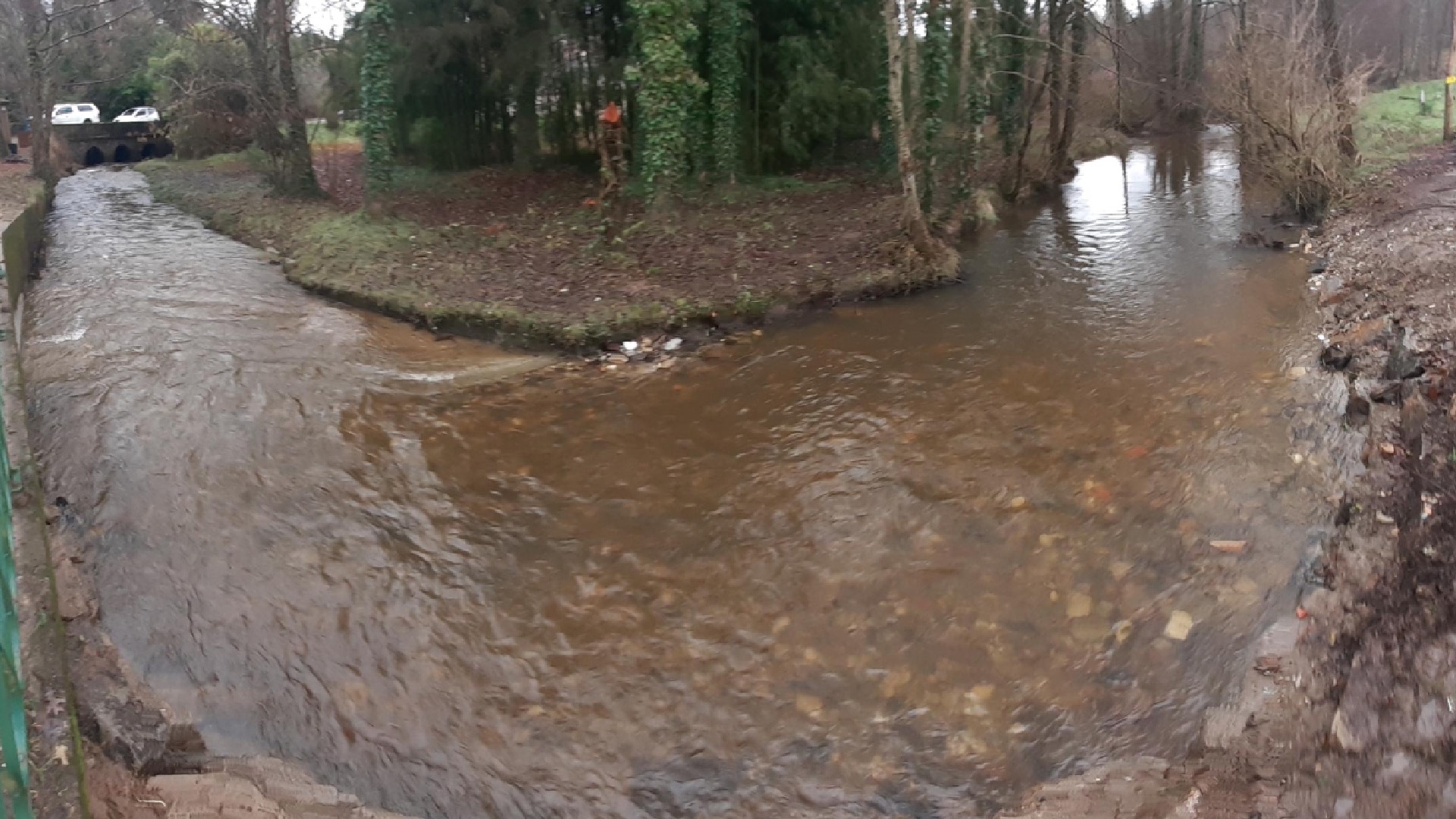
Removal of the Bellefontaine Dam, on the River Lys, France
Formerly used for clover threshing, the structures were outdated and abandoned and causing environmental problems, such as the disruption of piscicultural and sedimentary continuity, and blocking fish movement. The FDAAPPMA62 (Federation for fishing and protection of aquatic environments) carried out the removal work in the Bellefontaine Dam, on the Lys River, allowing the restoration of the hydromorphogenicity of the watercourse.

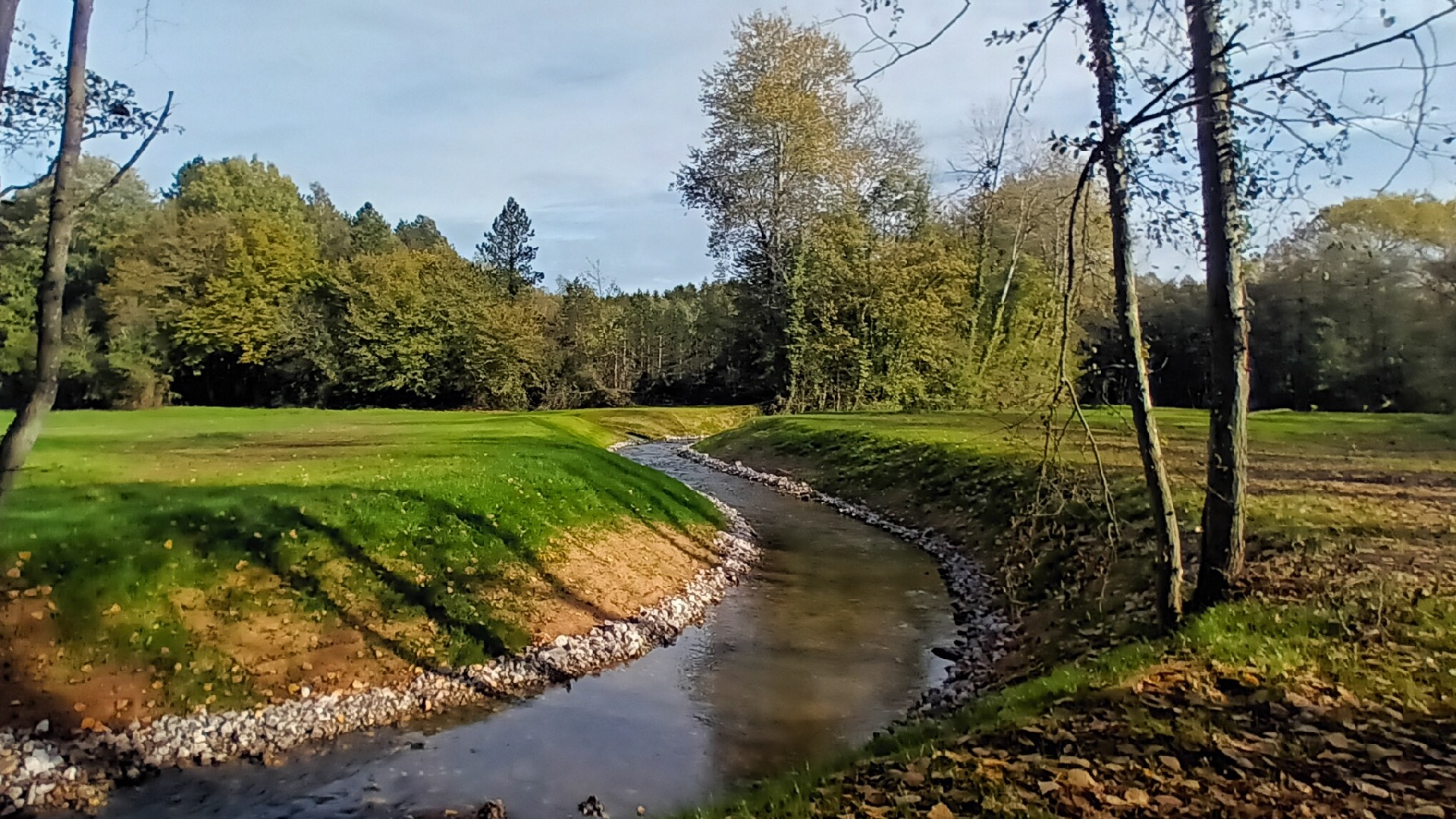
The new Emscher mouth, Germany
The Emscher River in North Rhine-Westphalia previously fell into the Rhine River via an approximately 5 m high drop structure in Dinslaken. This massive barrier between the Rhine and the Emscher blocked the ecological exchange between the two rivers. Thanks to this project, the newly created floodplain now provides the ecological connection between the two rivers and complete riverbed continuity was achieved.


The ecological restoration of the Pétrusse River, Luxembourg
The Pétrusse Valley is an intrinsic part of Luxembourg City’s identity. In the early 1930s, the waterbody of the Pétrusse River was given a concrete riverbed, transforming it into an open sewer to quickly evacuate the refuse flowing within. Besides the disastrous ecological impact on the waterbody and its catchment area, this transformation increased the flood risk in its adjacent neighbourhoods. After the restoration project, which was combined with the creation of a new park, the Pétrusse started to create its own bed through sedimentation, and foxes and ducks are returning and hiding in the newfound vegetation.

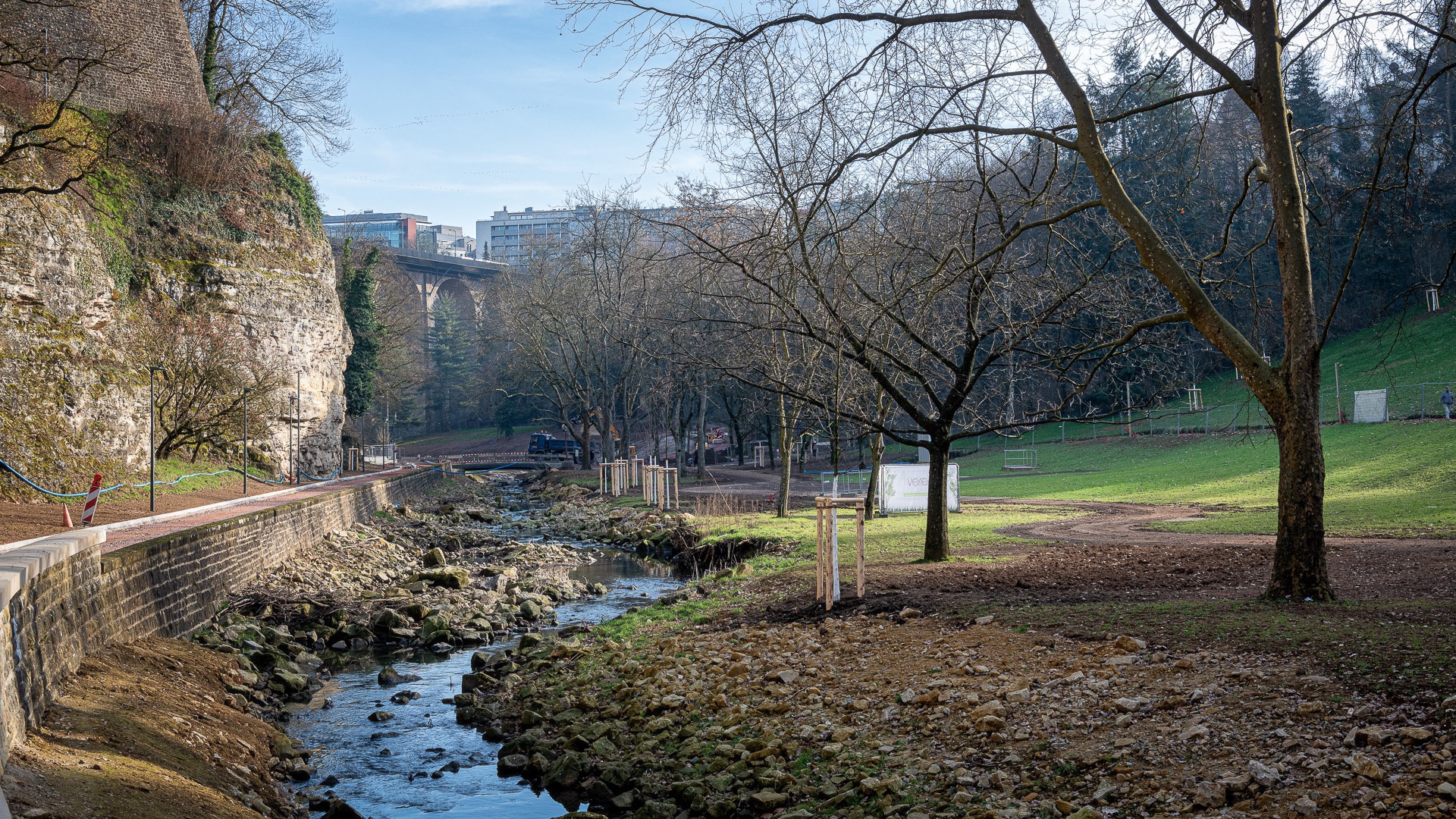
Removal of the “Chemins de Fer de Provence bridge” weir, on the River Bléone, France
The project concerned the complete removal of the weir known as the “Chemins de Fer de Provence (CFP) bridge”. This structure was located in the heart of the city of Digne les Bains, on the Bléone River, in the Alpes de Haute Provence (France). This work was part of a vast program to re-establish ecological continuity and restore the river.


Credits: Syndicat Mixte Asse Bléone
More Dam Removal news?


Join the discussion One Comment